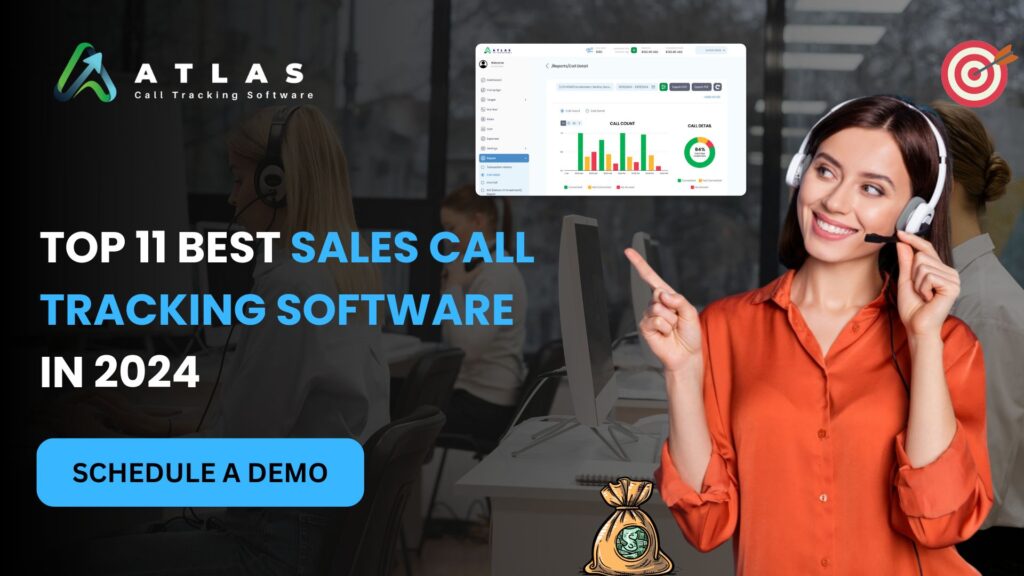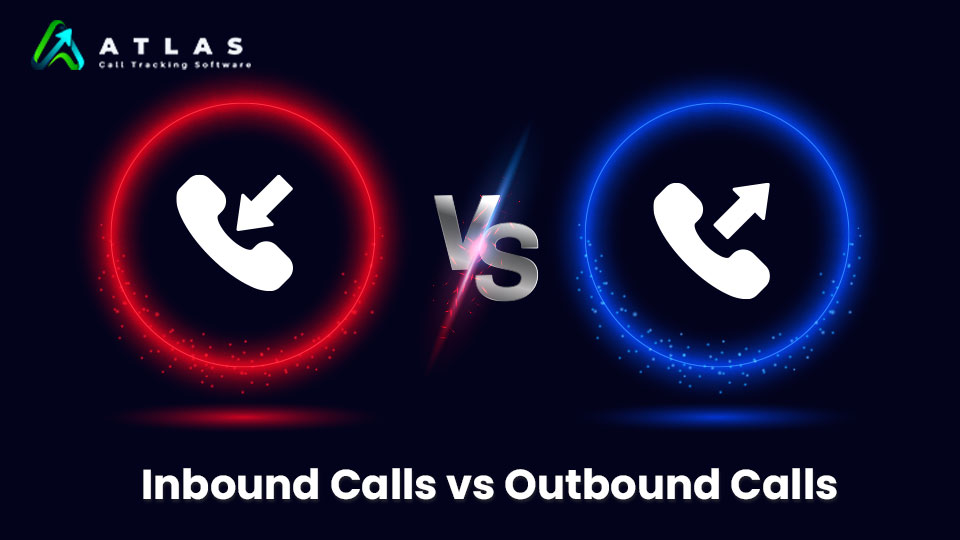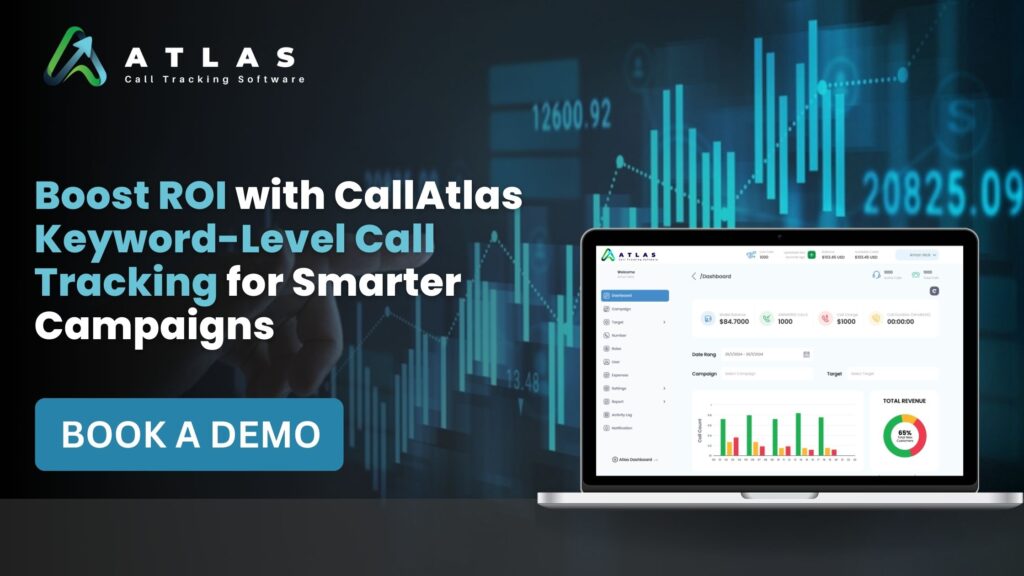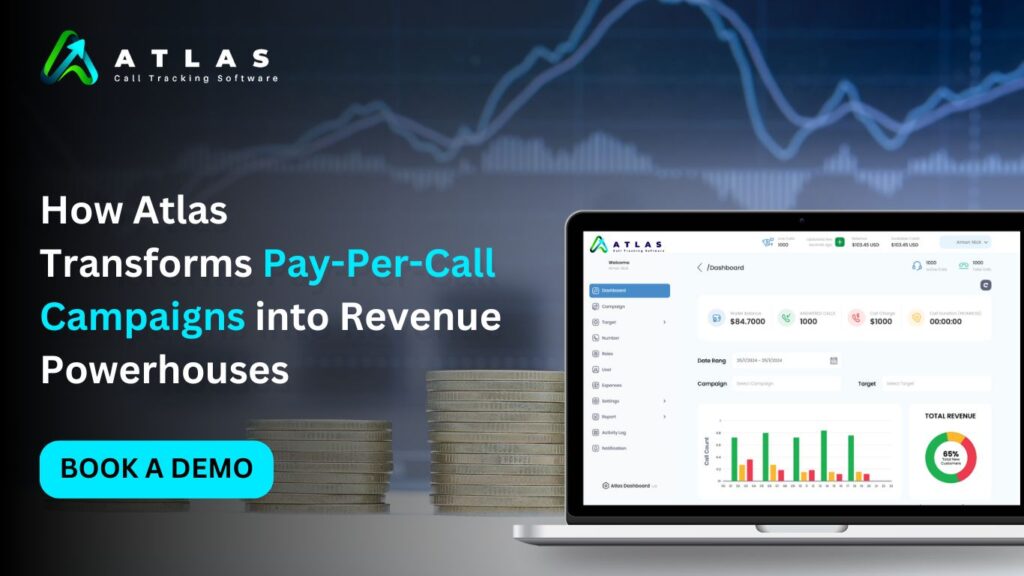11 Best Sales Call Tracking Software in India For Business 2025
Sales call tracking software has become a important tool for businesses aiming to improve customer communication and optimize their sales strategies. These solutions not only monitor and record calls but also provide valuable insights that help companies refine their approach to customer interactions in India. With the right software, businesses can boost their efficiency, enhance customer satisfaction, and maximize sales performance. To help you find the perfect tool for your needs, here’s a list of the 11 best sales call tracking software in India for business solutions for 2025 that can revolutionize your sales processes. 1. CloudTalk: best sales call tracking software in India for business CloudTalk is a popular VoIP-based telephony platform designed for customer service and sales teams. It provides advanced call tracking features, enabling managers to monitor team performance and track deal progress. With its intuitive dashboard, CloudTalk makes analyzing calls and optimizing strategies straightforward. Key Features: Call Queuing & Distribution: Ensures that customer calls are prioritized and directed to the right agents. Call Recording & Playback: Enables teams to review calls for quality assurance and training purposes. Customizable Workflows: Allows businesses to set predefined rules and personalized messages for enhanced customer interactions. Integrations: Connects seamlessly with CRM platforms and other tools to unify workflows. Call Notes & Tagging: Helps categorize and document call details for easy reference. Pricing: Starts at $25 per user per month. Why Choose CloudTalk: It is a reliable tool for businesses looking to improve both their sales and customer service operations with an emphasis on personalization and efficiency. 2. CallAtlas: best sales call tracking software for business CallAtlas is a powerful call tracking software designed specifically for advertising agencies and sales teams. It tracks inbound and outbound calls, providing comprehensive analytics to measure campaign performance. With CallAtlas, businesses can identify which marketing campaigns drive the most calls, enabling better ROI tracking and resource allocation. Key Features: Dynamic Number Insertion: Assigns unique numbers to campaigns for precise tracking. Call Recording & Monitoring: Records calls to ensure quality and compliance while enabling managers to monitor calls in real time. Advanced Analytics Dashboard: Provides insights into call duration, conversion rates, and customer interactions. Keyword-Level Tracking: Tracks which keywords are driving the most leads to optimize advertising spend. CRM Integration: Syncs with popular CRM systems to streamline sales processes and improve lead management. Pricing: Starts at $49 per user per month. Why Choose CallAtlas: It is the perfect choice for advertising agencies looking to improve their lead generation efforts with detailed call tracking and actionable insights. 3. CallHippo CallHippo is a versatile call tracking software that caters to businesses of all sizes, particularly contact centers. It stands out for its predictive dialer, which saves time by filtering out unreachable numbers. CallHippo also offers valuable insights for personalized training programs, making it a great choice for improving team performance. Key Features: Predictive Dialer: Increases efficiency by dialing numbers likely to connect successfully. Click-to-Dial: Simplifies outbound calls with a single click, saving time and effort. Global Connect: Provides details about the best time to call leads in different time zones. Call Cascading: Ensures no call is missed by routing it to the next available agent. Gamification: Motivates teams with game-based performance tracking. Pricing: Starts at ₹1300 per user per month. Why Choose CallHippo: Its ability to combine analytics, performance tracking, and user-friendly features makes it an excellent option for sales and customer service teams. 4. FreJun: Best call tracking software in India for business 2025 FreJun is a leading sales call tracking software powered by a robust AI engine, making it a favorite among sales teams and businesses. This cloud-based telephony platform provides an extensive list of automation features designed to optimize communication and streamline workflows. FreJun goes beyond just tracking calls—it transcribes and analyzes them, giving teams actionable insights to improve their processes. Key Features: AI-Powered Call Analytics: Gain deep insights into your call data for better decision-making and sales optimization. Call Transcription: Automatically transcribes calls for easy reference and better context. CRM Integration: Seamlessly integrates with popular CRM tools for a unified workflow. Auto Dialer: Enhances efficiency by automating outbound calls to potential leads. Call Routing: Ensures calls reach the right team members based on predefined criteria. Pricing: Starts at $14.49 per user per month. Why Choose FreJun: It is ideal for businesses seeking advanced automation and insight-driven solutions to enhance their sales efforts. 5. TeleCRM: Sales Call Tracing Software for business in India TeleCRM is a homegrown cloud telephony platform designed specifically for sales and marketing teams. It doubles as a CRM tool, offering a unified platform to manage calls and leads efficiently. This all-in-one solution is ideal for small to medium-sized businesses looking to track and improve their sales call strategies. Key Features: Call Campaign Management: Simplifies the process of creating and monitoring call campaigns. Call Reminders: Ensures no follow-up call is missed, boosting lead conversion rates. Leaderboards & Reports: Tracks team performance and identifies areas for improvement through detailed analytics. Autodialer: Increases productivity by automating the dialing process for outbound calls. Triggers & Workflows: Allows businesses to set up automated workflows for repetitive tasks. Pricing: Starts at ₹599 per user per month. Why Choose TeleCRM: It dual role as a call tracking and CRM platform makes it an affordable yet powerful choice for businesses focused on lead generation and customer management. 6. Dialfire Dialfire is a powerful cloud-based dialer that excels in call tracking and streamlining communication processes. This platform is particularly popular among sales teams and call center agents due to its user-friendly interface and robust features. Dialfire allows managers to monitor live calls, helping them provide real-time assistance to their teams. Its reporting and analytics capabilities enable businesses to optimize their sales strategies effectively. Key Features: Real-Time Analytics: Tracks live data to measure performance and identify areas for improvement. Call Monitoring: Allows supervisors to listen in on calls and provide guidance during live interactions. Predictive Dialer: Automatically dials numbers and skips those unlikely to connect, saving time. Data Import & Export: Enables
11 Best Sales Call Tracking Software in India For Business 2025 Read More »





